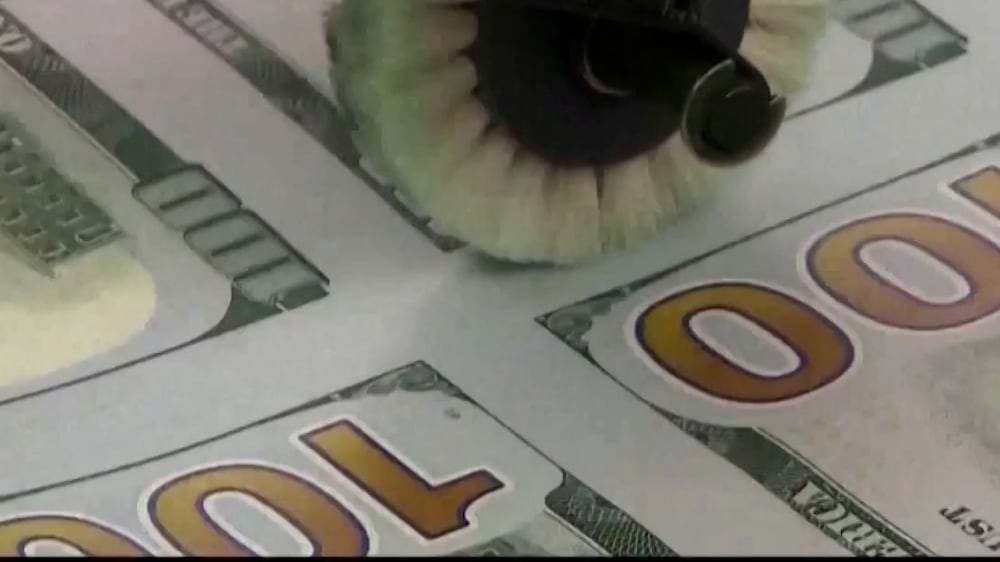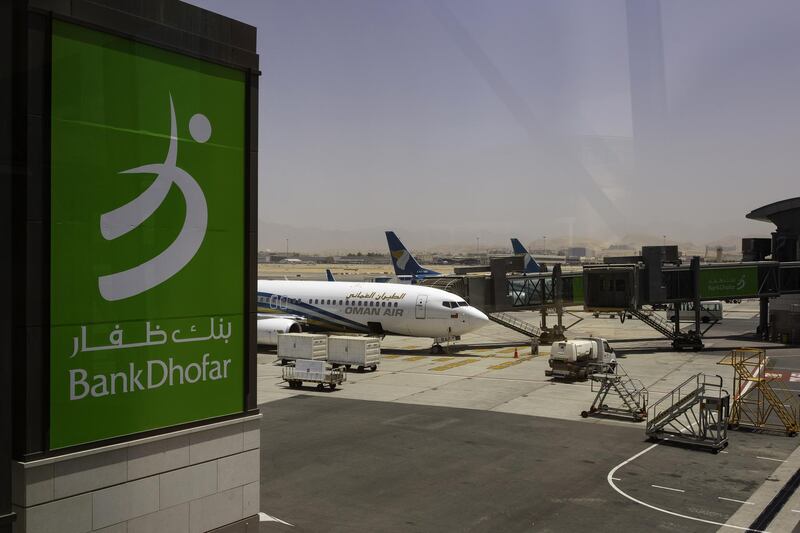Ahli Bank in Oman has received a non-binding offer from Oman's second-biggest lender Bank Dhofar for a possible merger to create a bank with about $19 billion in assets.
Al Ahli’s board is currently reviewing the offer and will keep the market informed of any developments, it said in a statement on Tuesday to the Muscat Securities Market, where its shares are traded.
Bank Dhofar also made a separate announcement on the possible deal.
Set up in 2007, Ahli Bank, is partly owned by Bahrain's Ahli Bank and operates 23 branches in Oman. It offers retail, commercial and investment banking solutions to customers.
The bank's 2022 net profit jumped nearly 20 per cent to 33 million Omani rials ($86 million) on the back of lower impairment losses and higher net interest income.
It had total assets worth 3 billion rials at the end of last year.
Bank Dhofar also reported strong results last year with its net profit up 36 per cent to 34.1 million rials on the back of higher net interest income and income from Islamic financing. The bank had 4.3 billion rials of assets at the end of 2022.
If the two banks merge, it will create a lender with about $19 billion in assets.
There have been a number of merger and acquisition deals in the GCC's banking sector during the past few years as lenders seek to consolidate operations and boost their revenues.
First Abu Dhabi Bank, the UAE’s largest lender, was formed through the merger of National Bank of Abu Dhabi and First Gulf Bank in 2017.
FAB, as the Abu Dhabi-listed lender is known, is also open to acquiring international banks if an opportunity presents itself, as it continues to expand its footprint in markets across continents, its chief executive Hana Al Rostamani told The National this month.
Abu Dhabi Commercial Bank also completed a three-way merger with Union National and Al Hilal in 2019. Dubai Islamic Bank, in 2020, completed its acquisition of competitor Noor.
Other big deals in the banking sector include the merger of Saudi Arabia’s biggest retail lender National Commercial Bank and smaller rival Samba Financial Group to create the kingdom’s biggest lender, Saudi National Bank.
Meanwhile, Kuwait Finance House also finalised a deal to acquire Bahrain’s Ahli United in June last year in a bid to create a stronger financial institution to grow its market share.
Earlier this year, HSBC Bank Oman also received approval from the Central Bank of Oman for its proposed merger with Sohar International Bank, expected to take place in the second half of 2023.
As part of the deal, first announced in November last year, all the assets and liabilities of HSBC Oman will be transferred to Sohar International.
The consolidation among financial institutions across the GCC will continue amid the push to create lenders with greater scale as banks look to boost revenue, achieve cost synergies and support the diversification of Gulf economies away from oil, Moody’s Investors Service said in its latest report on the GCC banking sector.
US Federal Reserve raises interest rates a quarter-point amid banking turmoil








